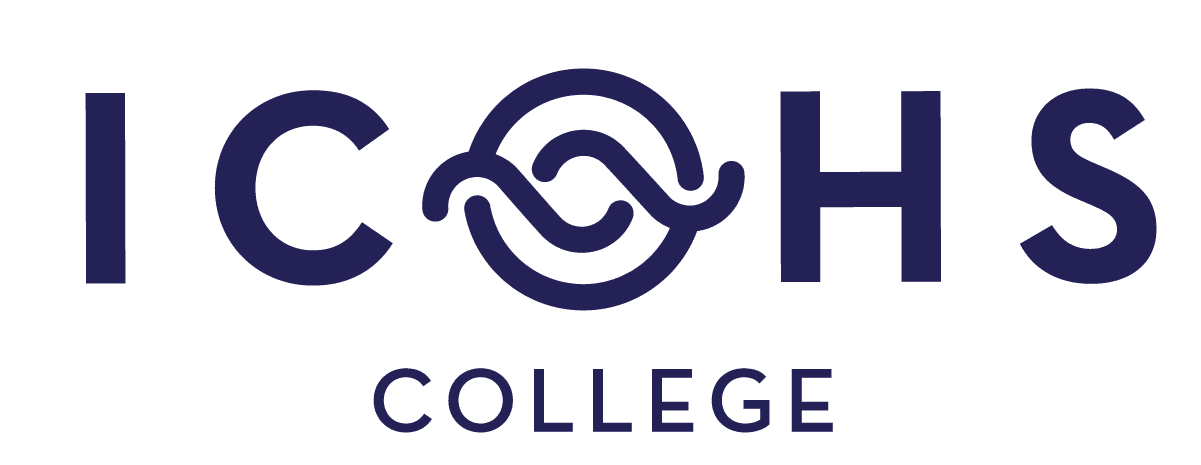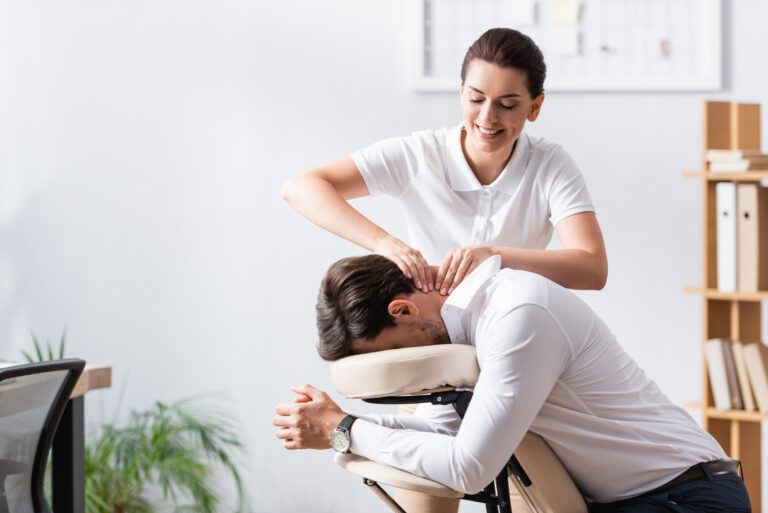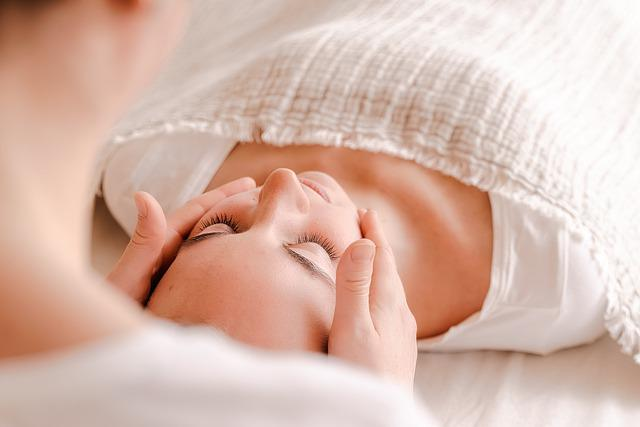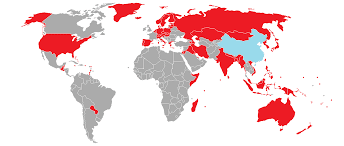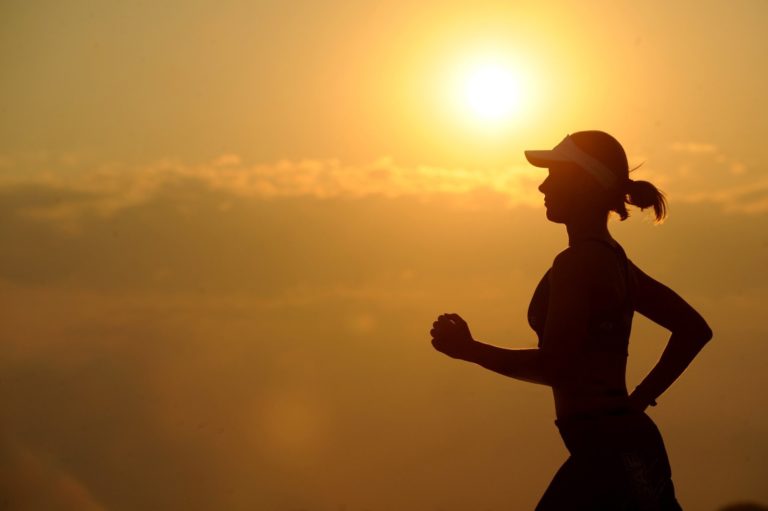What causes back pain?
Most people will experience back pain at least once in their life. Although this pain or discomfort can occur anywhere in the back, the most commonly affected area is the lumbar region. This is because it supports most of the body’s weight.
Lumbago is the second reason why Americans go to the health care provider. Lumbago refers to pain that is felt in the lumbar region. You may also have a stiff back, decreased movement of the lumbar region and difficulty standing straight. You will usually feel back pain first after lifting a heavy object, suddenly moving, sitting in a position for a long time, or suffering an injury or accident. Acute lumbago is most often caused by a sudden injury to the muscles and ligaments that support the back. The pain can be caused by muscle spasms or strain or tear in muscles and ligaments and it can last from a few days to a few weeks.
Does dehydration influence back pain?
The intervertebral discs have an outer part that is strong but flexible and a gelatinous inner part, formed mostly of water. Daily activities dehydrate the disc and hydrate again at night while we sleep and lie. The outer ring absorbs 25% of the body weight and the inner part 75%. When there is an absence of water, the inner part becomes dehydrated and is not able to absorb the shock of the weight properly and causes the outer part to do this work stressing its structural integrity, causing protrusions and disc herniations over time.
Back pain can be a sign of lack of water in the spinal discs that are the shock absorbers that support the weight of the body. These discomforts should be treated by increasing the amount of water to drink. Tragedy: Not recognizing back pain as a symptom of dehydration in the joints and treating it with analgesics, massage, acupuncture and eventually surgery. Over time this will cause osteoporosis when the cartilage cells in the joints eventually die and cause a deformation of the spine, which will lead to the physical inability of the lower limbs.
Dehydration can cause muscle pain, headache, lethargy and drowsiness, nausea and tingling in the extremities. Our body is largely water, just losing 2% can cause a headache, since it can appear by not drinking enough water during the day. In addition to headache with the loss of 2%, it can also reduce memory, have concentration problems, general fatigue, so it would also cause back pain.
How to relieve back pain with only breathing?
It is a simple and practical technique that can help you reduce back pain and, therefore, can be considered as a method to achieve relaxation, reduce stress and anxiety or simply reduce back pain. The key is to properly maintain proper posture during inspiration and expiration.
The exercise consists of lying down, sitting or, just standing but with a straight back trying to maintain the neutral positions of our body. The human body has a “transverse abdomen” muscle (a kind of girdle that lines from the spine to the dawn line, the one below the belly button). It is a very important muscle for lumbopelvic balance and, consequently, for the entire spine. Its main function is to stabilize our posture to protect the lower back and also acts by compressing the viscera of the abdomen. It is an intrinsic muscle of the spine and it is also an exhaling muscle which means that it can be detected when the air is expelled. The importance of exhaling all the air is that the transverse has to contract as much as possible. The contraction exercises of the mentioned muscle are a good basis to protect the lower back. In some people with low back pain, alterations in these reflex mechanisms and different breathing patterns (from those of healthy people) have been found in efforts. Training and coordination of the inspiratory musculature (diaphragm and deep abdominals) could help improve back pain. Breathing is, therefore, among others, an exercise against back pain.
In addition, good and adequate training of our respiratory capacity will improve the mobility, flexibility, and stability of our spine. After a period of adaptation to training, with the consequent increase in tidal volume and respiratory rate during physical activity there will be an increase in expiratory time, which benefits us, because increases in inspiratory time mean a sustained contraction of the diaphragm and other inspiratory muscles, while a reduction in expiratory time would mean less rest and recovery for these inspirers and therefore higher energy cost of ventilation and early fatigue on the inspirers.
Ayurvedic Massage
Developed in India as part of an ancient medicine system that emerged more than 3,000 years ago, Ayurvedic massage focuses on specific energy points within the body and uses essential oils to help relieve stress and maximize relaxation. Massage therapists can also use tuning forks, which vibrate at particular frequencies and can help release tension. Ayurvedic massage is different from many other techniques since the patient is seen as a complete person. Massage is not only physical: it also relieves the emotional burden that leads to the tension that accumulates in the first place.
Deep tissue massage
This last technique is self-explanatory. Advocates believe that by using a lot of sustained pressure, they can reach areas under the skin where pain and discomfort originate. While traditional massage uses light to moderate pressure and focuses on the level of the skin, deep tissue may be momentarily uncomfortable as the massage therapist enters the muscular area, but it can help a lot in the long run.
Conclusion
Finally, it is important to note that, unlike many other medical conditions, the experience of pain in the lower back tends to be different for many people. For example, two people may have exactly the same condition, but for one it is disabling and for the other, it is just a nuisance. In fact, for most people, an abnormality of the spine (such as disc degeneration that can be seen through an MRI) is painless. In addition, there are other factors – psychological, emotional and economic – that often contribute and influence a person’s experience with their pain in the lower back.
